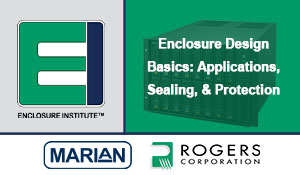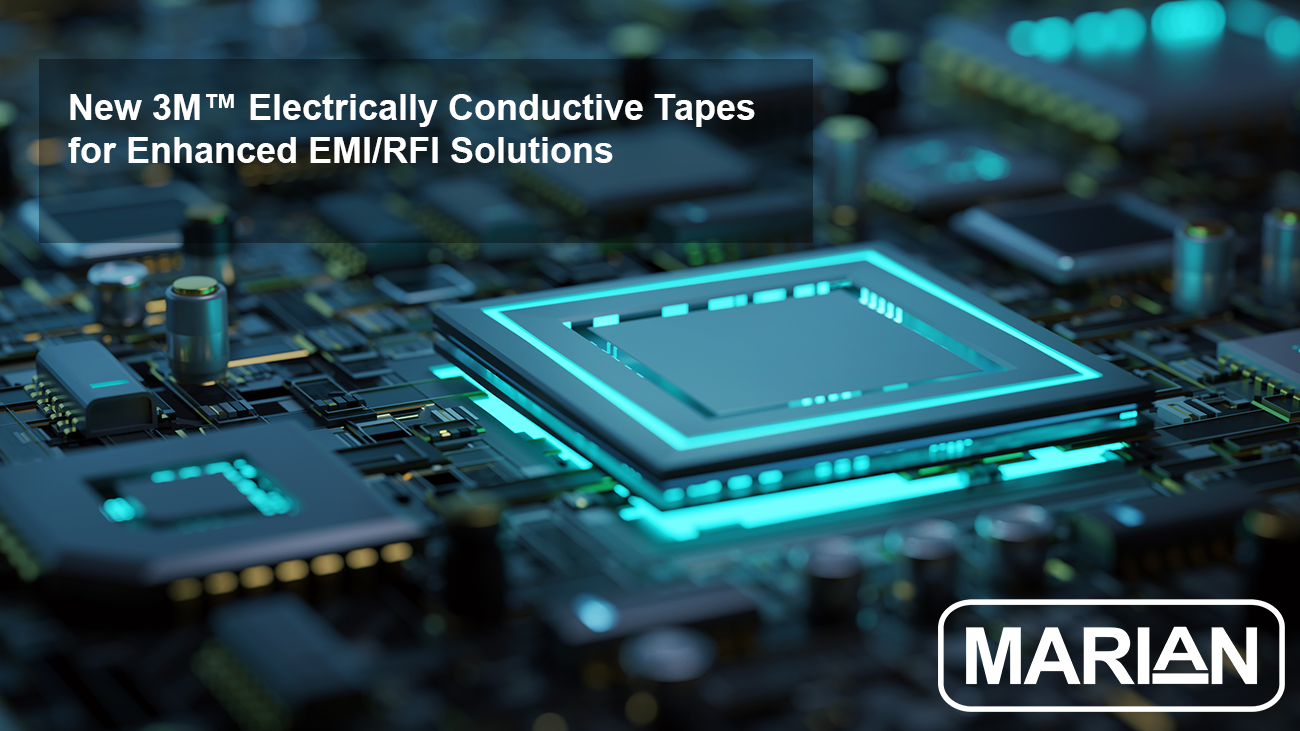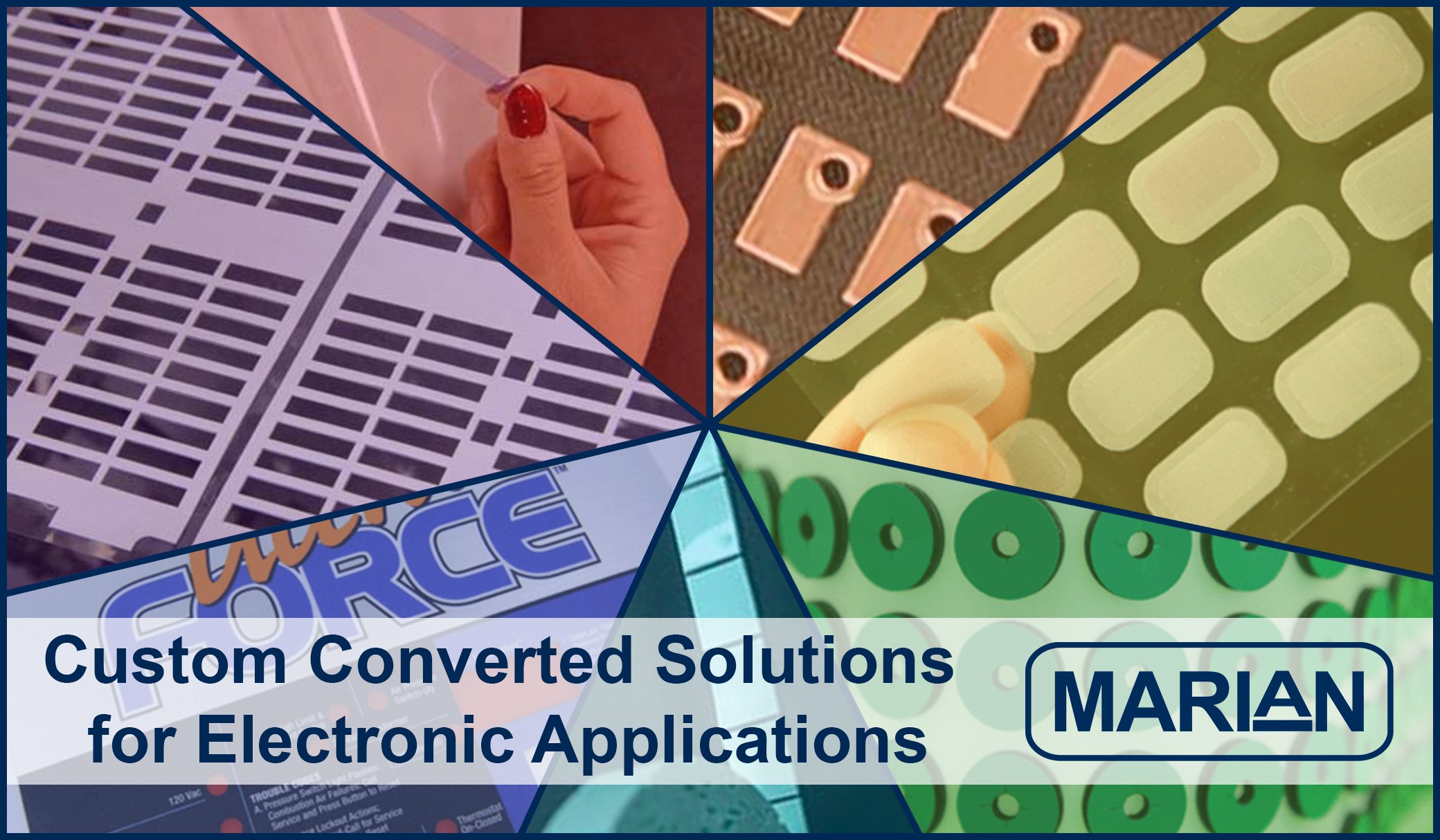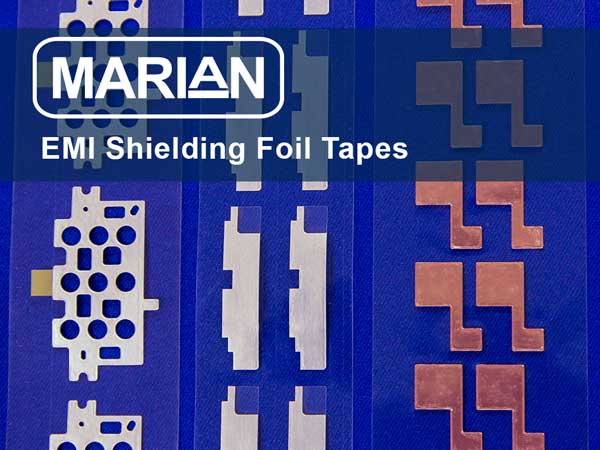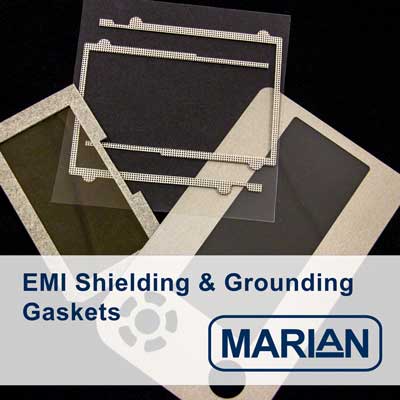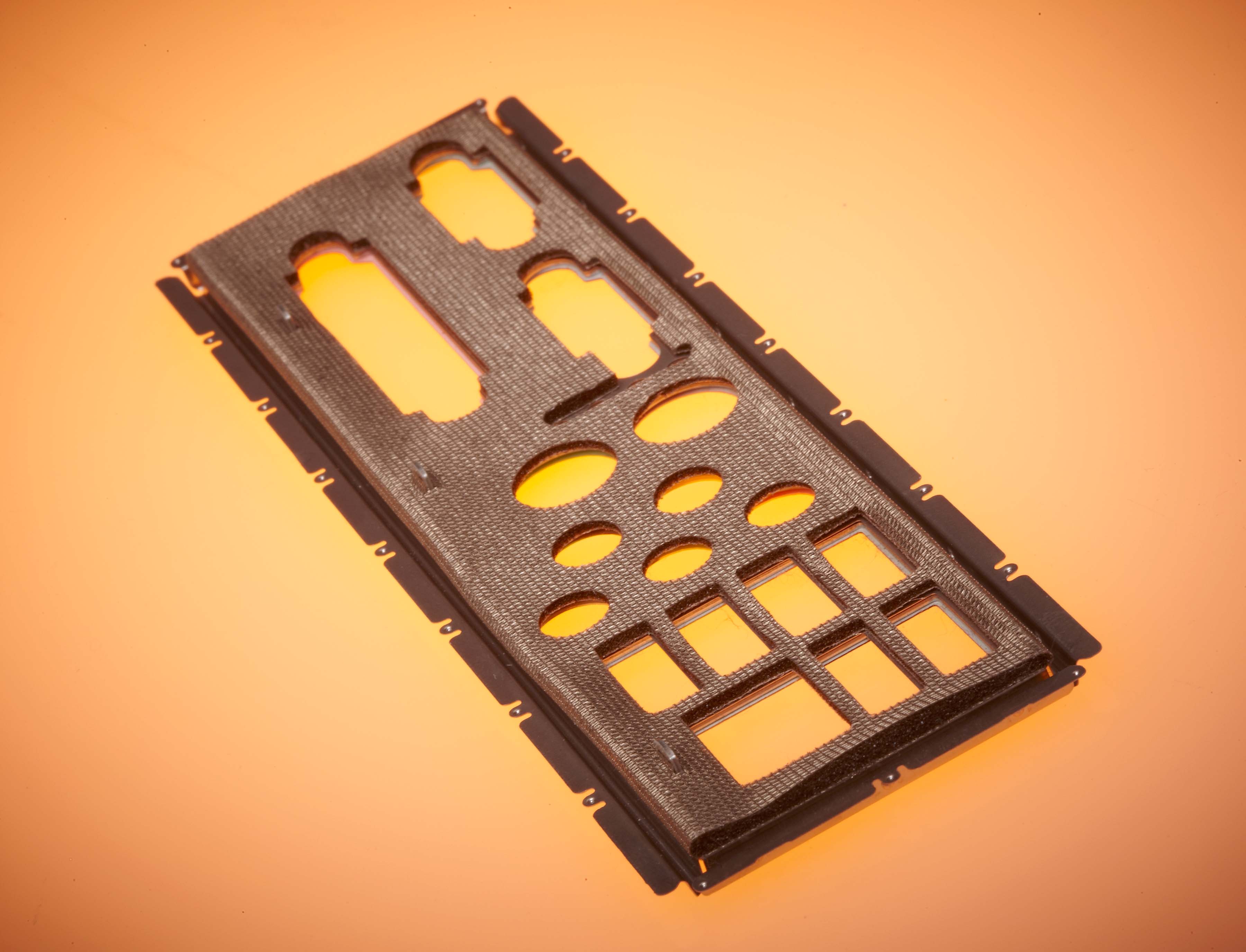What exactly are enclosures—and why does sealing matter so much? In this foundational blog from the Enclosure Institute™, we break down the role of enclosures across a range of industries, from EV charging to medical devices.
Enclosure Design Basics: Applications, Sealing, & Protection
Posted by Ben Hvidston
April 24, 2025 9:00 AM
Topics: Foams, EMI Shielding, IP Rating, LED Lighting, BISCO Silicone, PORON, Medical Device, Ingress Protection, Gasket, Electronics, Enclosure Institute, Seals, Enclosures, Rogers Corporation, Data Center
Digital displays are an integral part of modern vehicle dashboards, household appliances, consumer electronics, and more. In applications like thermostats, cell phones, smart watches, and vehicles, displays allow a simplified, interactive experience for users. To make these digital display assemblies, manufacturers require a variety of die-cut components that, when combined, come together to make an impressive display that provides extreme clarity and a user-friendly experience, which we highlight below.
Topics: Thermal Management, EMI Shielding, LED Lighting, Die Cutting, 3M, Thermal Pad, TIM, Gasket, PSA, Assembly, Thermal Gap Filler Pads, Polymer Science, Converting, Films, Electronics, Thermal Gap Pad, Tesa, Displays
3M™ Electrically Conductive Tapes for EMI/RFI Solutions
Posted by Ben Hvidston
April 4, 2024 11:03 AM
EMI and RFI materials play an important role in preventing interference to devices with electronic components, and as technology continues advancing, the materials used in these applications must also support these advancements.
Topics: EMI Shielding, Material selection, 3M, Foil Tape, Electronics, Conductive Tapes
Custom Converted Solutions for Electronics Applications
Posted by Brook Girkin
March 4, 2024 1:00 PM
In the fast-paced world, electronics are now integrated into almost every aspect of human life. Solutions ensuring optimal performance and longevity are necessary to meet consumers’ expectations. Many converted electronic components are made using materials that address various challenges faced by electronics applications, including thermal management, electromagnetic interference (EMI), surface protection, and more.
Topics: Thermal Management, Foams, EMI Shielding, Surface Protection, Vent Material, Die Cutting, Thermal Pad, TIM, Gasket, PSA, Films, Electronics
There are many EMI shielding materials to choose from when determining how to effectively control EMI within an electronic device. In this post, we focus on die-cut foil tapes for EMI shielding. Foil tapes with conductive adhesive provide effective shielding properties as the thin foil layer ensures good electrical contact with the component surface. Let's take a look deeper at EMI and why foil tapes may be the best-suited material for your application.
What is EMI and Why is it Important?
Electromagnetic interference is unwanted “noise” or interference in an electrical path or circuit caused by an outside source. EMI can be caused by natural or man-made sources and can cause electronics to malfunction or to completely stop working. Therefore, EMI shielding and grounding components are important pieces in the design of electronic devices.
Topics: EMI Shielding, Foil Tape
Common Materials for EMI Shielding Gaskets and Ground Paths
Posted by Katie Sullivan
July 8, 2021 9:43 AM
The need for EMI gaskets is growing as more high-frequency digital electronics are introduced into our everyday lives. This includes technologies like 5G infrastructure, IOT (internet of things), and rapid advances in automobile technology and connectivity.
Topics: EMI Shielding, Gasket, Grounding
The struggle between the world and electromagnetic interference (EMI) is endless. EMI consistently attempts to sabotage our most critical technologies in the aerospace, mass transit, medical, and military industries.
What is Electromagnetic Interference (EMI)?
EMI engages us through maneuvers such as radio transmitters, electric motors, power lines, fluorescent lights and computer circuits. Through these maneuvers, EMI generates electromagnetic disturbances, signals and emissions that cause undesired responses or degradation of performance in electrical and electronic equipment. This occurrence leads to system malfunctions and failures, which can threaten the performance of life support devices, military radio frequencies and aircraft flight controls – to name a few examples. Malfunctioning or failure of these types of systems, triggered by EMI, can be problematic, dangerous and life-threatening.
Topics: Foams, EMI Shielding, PSA
Electromagnetic Compatibility (EMC) in Medical Device Design
Posted by Katie Sullivan
October 5, 2016 11:24 AM
As medical device designs trend toward including cutting-edge electronics technology and wireless capabilities, Electromagnetic Compatibility (EMC) is a growing factor in device design.
Topics: EMI Shielding
Particle-Filled Silicones for EMI Shielding and Environmental Sealing
Posted by Katie Sullivan
October 27, 2014 11:00 AM
Particle-filled silicone are elastomeric compounds that combine the advantages of silicone with electrical properties of metals. Conductive silicone materials can include the following filler materials: nickel, graphite, silver, copper, and aluminum.
Particle-filled silicone materials provide shielding against electromagnetic interference (EMI) and radio frequency interference (RFI). Silicone in itself boasts a number of tremendous properties, including high performance at extreme temperatures (-50°C - 350°C), durability and abrasion resistance, chemical stability, and electrical insulation. This combination of features makes particle-filled silicone materials ideal for EMI seals and gaskets in a range of applications and industries, including the demanding applications of the military and aerospace industries.
Some designers have concerns about using particle-filled silicone. Silicone has desirable material properties, but loading a high percentage of particle filler into the rubber in an effort to increase conductivity can result in negative tradeoffs. Typically, industry professionals worry that particle filled electrically conductive silicone will exhibit the following negative material features:
- too hard
- too brittle
- too expensive
- have long lead times
- limited by mold size dimensions
- not thin enough for newer, thinner designs
Topics: EMI Shielding

